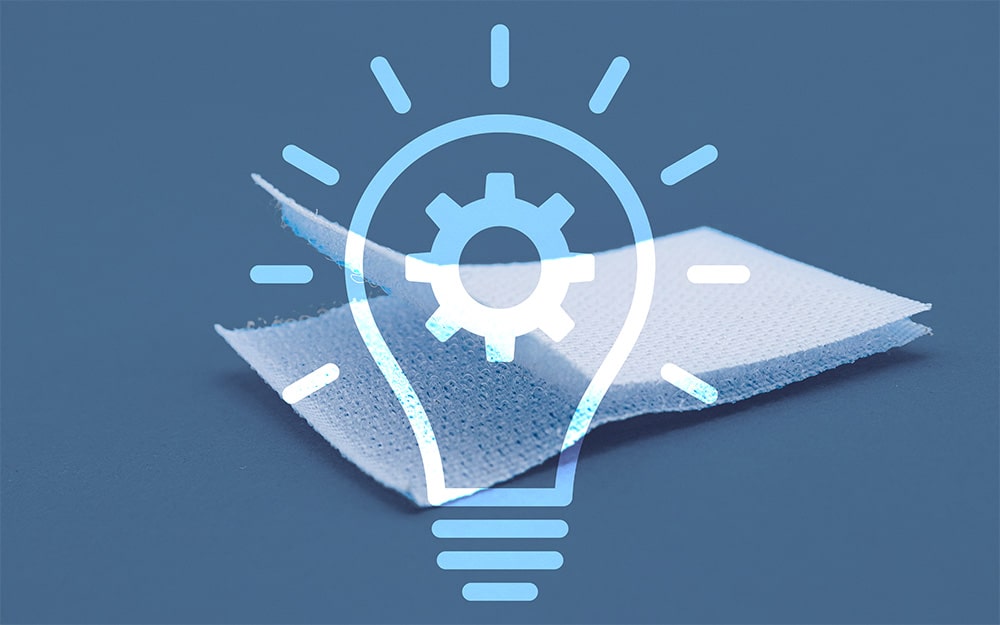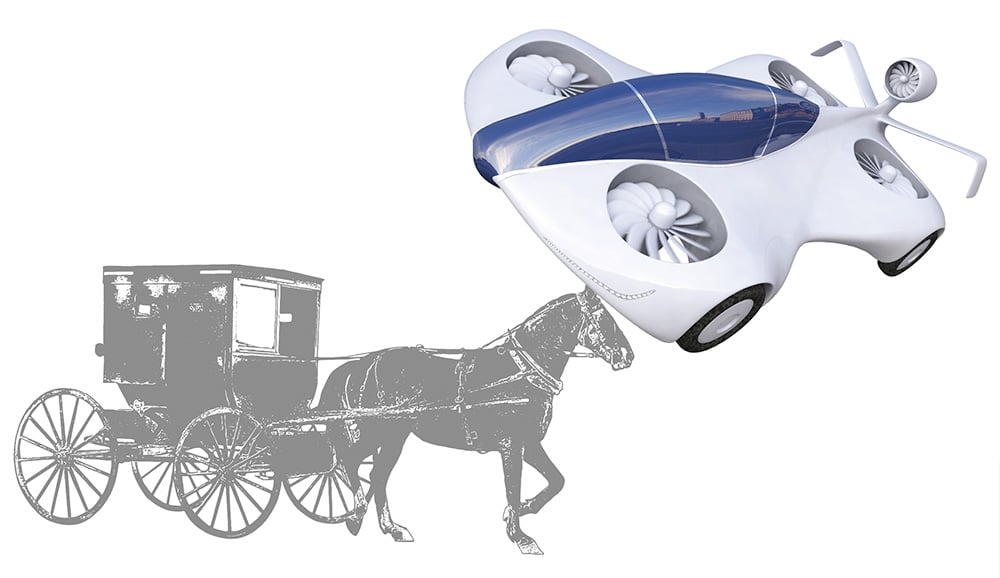Home » Board Perspective » What Innovation Takes
Board Perspective
What Innovation Takes
stock.adobe.com / PH alex aviles; martialred
It is a common misconception that NASA invented Velcro. Credit properly belongs to George De Mestral—a Swiss engineer who stumbled upon the invention quite by accident. De Mestral wasn’t a materials scientist or apparel designer, but an electrical engineer who worked in a machine shop of an engineering company. His favorite hobby was hunting and upon returning one day from an outing with his dog Milka he noticed that cockleburs were stuck in his dog’s fur. Upon closer examination, he realized the burrs were shaped like tiny hooks. This inspired an idea that maybe he could create a sticky material relaying on small hooks and loops.
I’d argue that De Mestral’s invention wasn’t an accident at all. He possessed an innovative mindset that allowed him to see an opportunity even if it was outside of his training and specialty. If we can all learn to spot innovative traits in others and commit to practicing these traits, we too can be more innovative. There’s a great deal of writing about what characteristics innovative people and organizations possess, but let me concentrate on just a few of the most important ones.
Innovative people and organizations are driven by passion. They have idealistic motivations well beyond simply turning their innovation into profits. They want to help people or solve major problems. De Mestral immediately saw the practical application his hook and loop idea would have as a fastener for clothing, and he was driven to create and perfect his idea. It’s likely at some point that he gave up electrical engineering entirely in pursuit of the perfect hook and loop material.
Innovators never take anything for granted. They believe everything is possible and they challenge the status quo. They also question everything and take things apart to understand them more fully.
Our Swiss friend studied Milka’s burrs under a microscope and began experimenting with cotton and soon switched to nylon because of its durability. He also found that cutting nylon a certain way created the necessary hook.
Innovators don’t give up. They believe a solution exists and keep working until they find it. It took De Mestral over ten years from the time he came up with his groundbreaking idea until he finally received a patent in 1955 and even then, his product wasn’t an instant hit. Commercial success for De Mestral really accelerated in the early 1960s when NASA became a major user of the material.
These are but a few of the common traits of innovators. Others include diversity of thought, supreme confidence, creativity, and resilience. In this edition of Parking & Mobility you’ll read about several parking and mobility innovators. With each article, I encourage you to consider what characteristics led to the innovation you’re reading about. Each breakthrough highlighted here provides valuable information and insight for creating and sustaining an innovative environment and the progress that follows. ◆

Casey Jones, CAPP, PMP, is Senior Director of Customer Success at FLASH, a member of the IPMI Board of Directors, and Co-Chair of IPMI’s Smart Transportation Task Force.
-
Casey Jones, CAPPhttps://parking-mobility-magazine.org/author/casey-jones-capp/April 4, 2022
-
Casey Jones, CAPPhttps://parking-mobility-magazine.org/author/casey-jones-capp/July 26, 2022
-
Casey Jones, CAPPhttps://parking-mobility-magazine.org/author/casey-jones-capp/November 8, 2022
















